High levels of cholesterol have been shown to be a major factor contributing to heart disease and stroke, and medical research shows that these diseases have their roots in childhood. More pediatricians are screening lipid and cholesterol values in children, especially if there’s a family history of high cholesterol or early heart disease in parents or grandparents. “Early” means before age 55 in men and 65 in women. Also, with the increase in childhood obesity, more kids are at risk for problems with fat and sugar metabolism that affect cholesterol.
Cholesterol gets a bad reputation sometimes. It is a critical ingredient for many things we need to live like cell membranes (we have trillions of those) and vitamins and hormones. But it is a waxy substance that doesn’t mix very well with water, and humans are, after all, made up of about 70 percent water.
The work of cholesterol is so important that every cell in the body knows how to make it! If you never ate any cholesterol, your body would still make enough to run smoothly. Only some cholesterol comes from animal foods we eat, like egg yolks, meat, fish or dairy. Some cholesterol gets made from fat and sugars in the diet.
The levels of cholesterol and triglycerides in our blood depend on how much fat and cholesterol our bodies eat and make, how they are packaged, and how well they get in and out of our cells. Some of this is determined by genes we inherit. Moving muscles activate pathways important for packaging the fats and cholesterols in our diets healthfully. Eating right AND exercising are synergistic, not additive!
Types of cholesterol
All of your body’s cholesterol and triglycerides are packaged in three main kinds of interconnected lipoproteins described by their density (how much they weigh for their size).
- Low-density lipoproteins (LDL) are the primary cholesterol carriers. If there’s too much LDL in the bloodstream, it can build up on the walls of the arteries that lead to the heart and the brain. This buildup forms plaque – a thick, hard substance that can cause blood vessels to become stiffer, narrower, or blocked.
- High-density lipoproteins (HDL) carry extra cholesterol away from the arteries and back to the liver, where it’s processed and sent out of the body. It can even help remove cholesterol from already formed plaques.
- Very-low-density lipoproteins (VLDL) don’t carry too much cholesterol but have a lot of triglycerides so are only elevated when there is a problem processing fats and triglyceride levels build up too high.
High levels of LDL increase the risk for heart disease and stroke. High levels of HDL can help protect against these diseases. High levels of VLDL are a risk factor mostly because they are associated with lower levels of HDL and higher levels of LDL. It’s all connected!
Kids who are physically active, eat healthy foods, don’t have a family history of high LDL or triglycerides (VLDL) and/or low HDL and aren’t overweight probably aren’t at risk for cholesterol problems. Your doctor can help decide whether to have your child’s cholesterol level checked and what the results mean.
10 ways to help keep your family’s cholesterol at healthy levels
- Know your own cholesterol level, and if it’s high, ask to have your kids checked.
- Serve a diet rich in fruit, vegetables and whole grains – foods naturally high in fiber and loaded with nutrient value.
- Choose lean meats and flexitarian protein alternatives, including fish, legumes (dried beans, peas, and lentils) and tofu or other soy products.
- Limit solid, saturated and especially trans-fat intake. Instead, choose healthy unsaturated fats from fish, nuts and olive and canola vegetable oils.
- Drink water and low fat milk. Avoid sugary drinks including juice. Try to always eat, rather than drink your fruit.
- Limit foods with added sugars. Make most of your grains fiber-rich whole grains. Too much refined sugar and fluffy, white, fiber-free starch quickly turns into sugar which is then made into fat (triglyceride) by the body and forced into VLDL packages that can negatively affect the quality and quantity of your LDL and HDL packages.
- Limit commercially prepared baked and highly processed foods – most are low in fiber and high in unhealthy fats.
- Get plenty of exercise. Exercise helps boost healthy HDL levels in the blood. Kids 2 years of age and older and teens should be physically active at least 60 minutes a day.
- Margarines and yogurt drinks fortified with plant sterols can help reduce LDL by more than 10 percent together with a healthy diet. Lots of vegetable servings provide sterols too! The amount of daily plant sterols needed to lower LDL cholesterol is at least 2 grams.
- Make living healthier a family affair. Kids aren’t the only ones at risk. The strides you take to improve your family’s lifestyle can have a positive effect on your family’s energy and health not only now, but far into the future.
 https://riseandshine.childrensnational.org/wp-content/uploads/2025/12/Mom-nursing-feature.jpg
300
400
Rise and Shine
https://riseandshine.childrensnational.org/wp-content/uploads/2017/11/childrens_riseandshine_logo.jpg
Rise and Shine2025-12-04 11:29:032025-12-04 11:29:03Tips for surviving your first month of breastfeeding
https://riseandshine.childrensnational.org/wp-content/uploads/2025/12/Mom-nursing-feature.jpg
300
400
Rise and Shine
https://riseandshine.childrensnational.org/wp-content/uploads/2017/11/childrens_riseandshine_logo.jpg
Rise and Shine2025-12-04 11:29:032025-12-04 11:29:03Tips for surviving your first month of breastfeeding



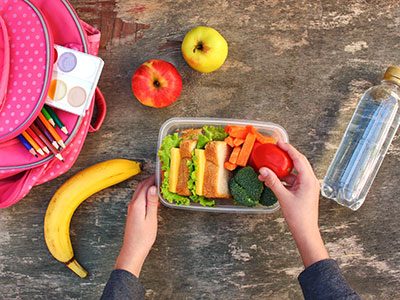





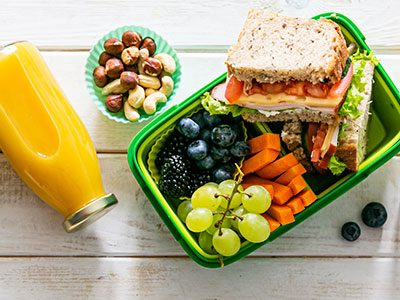


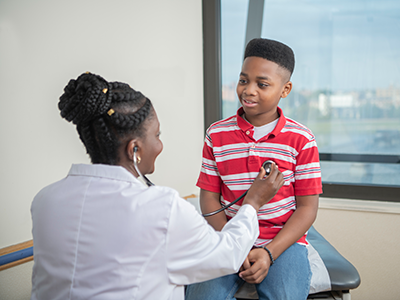





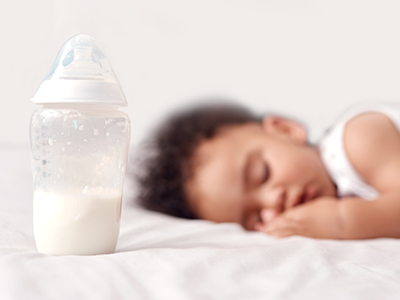

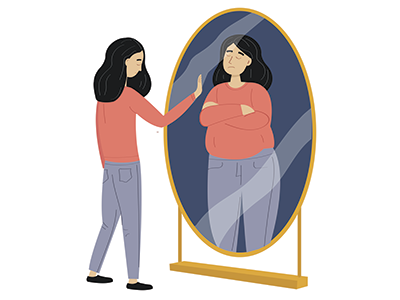
Leave a Comment
Want to join the discussion?Feel free to contribute!